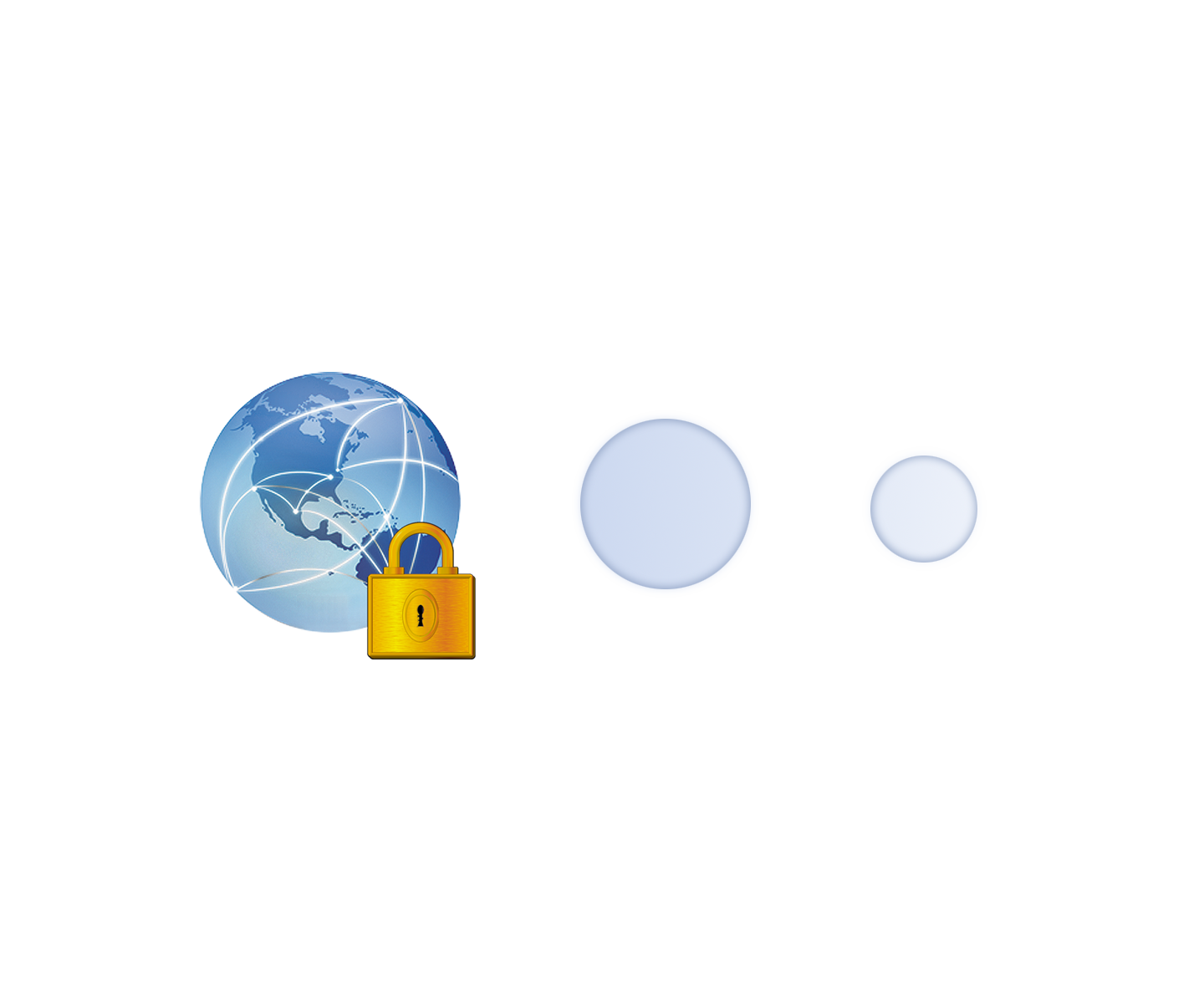It's Time to Replace your VPN
The network perimeter is disappearing.
The rise of new types of devices and the push to cloud environments long ago dissolved the strong network perimeter.
Viewing the corporate network as a strongly-protected island accessible via a VPN is simply not valid anymore. Modern
environments need a modern solution like CrossLink ZTNA.
VPN grants users more access than they should.
VPNs come from a time when everything "inside" the network perimeter was blindly trusted. Once in, the user had open access.
In contrast, the ZTNA "least privilege" model grants users only the access they were explicitly given, which is especially
critical with the rise of working from home on user-owned devices today.
VPN does not scale easily.
Scalability in a VPN means having to replace a piece of hardware on the network. With the COVID-19 pandemic and explosion
of working from home, many enterprises found themselves waiting months for a new VPN concentrator to meet the increased
demand. In contrast, a ZTNA cloud service like CrossLink is designed for agility and flexibility, scaling with the click
of a button.




